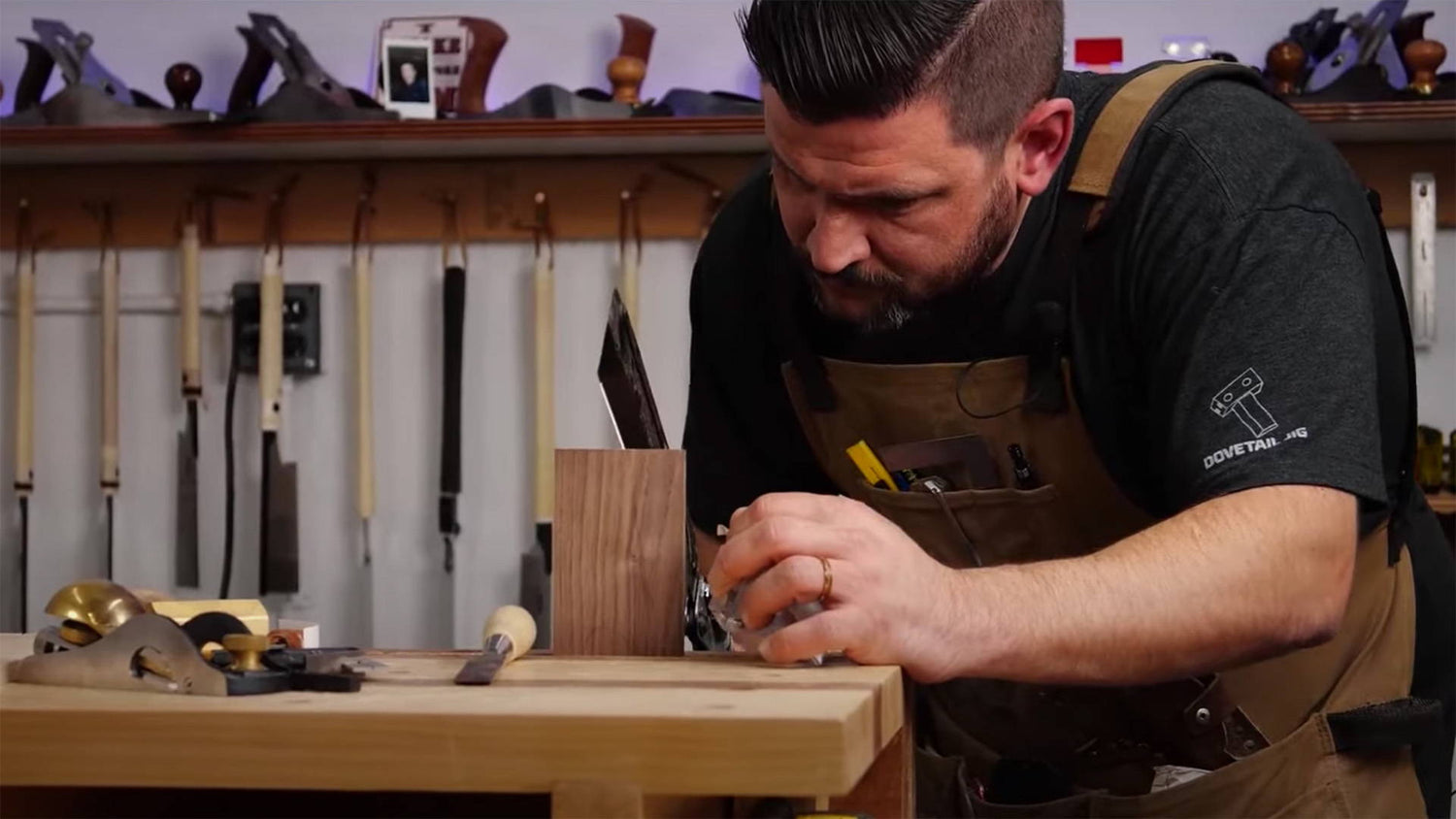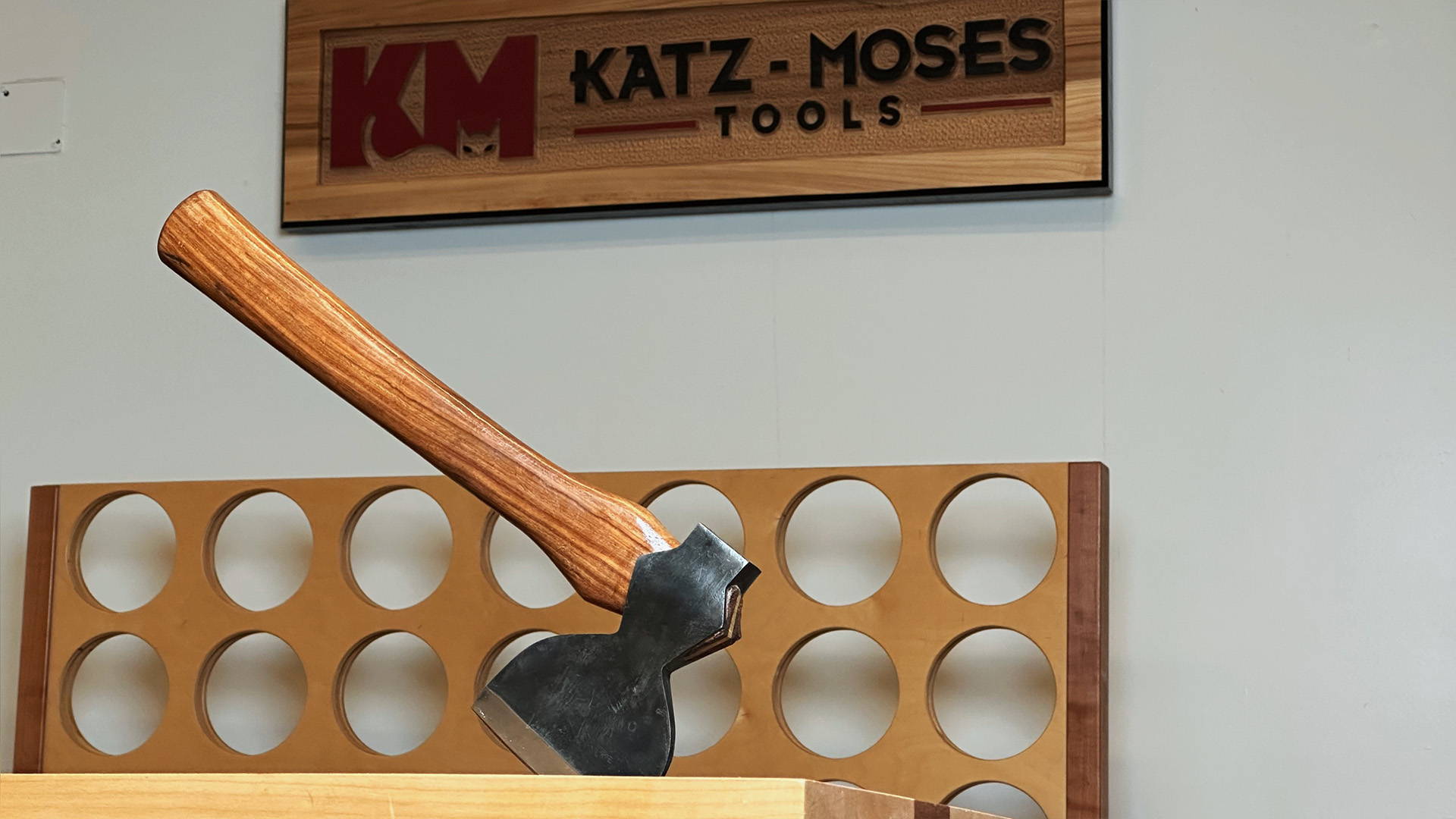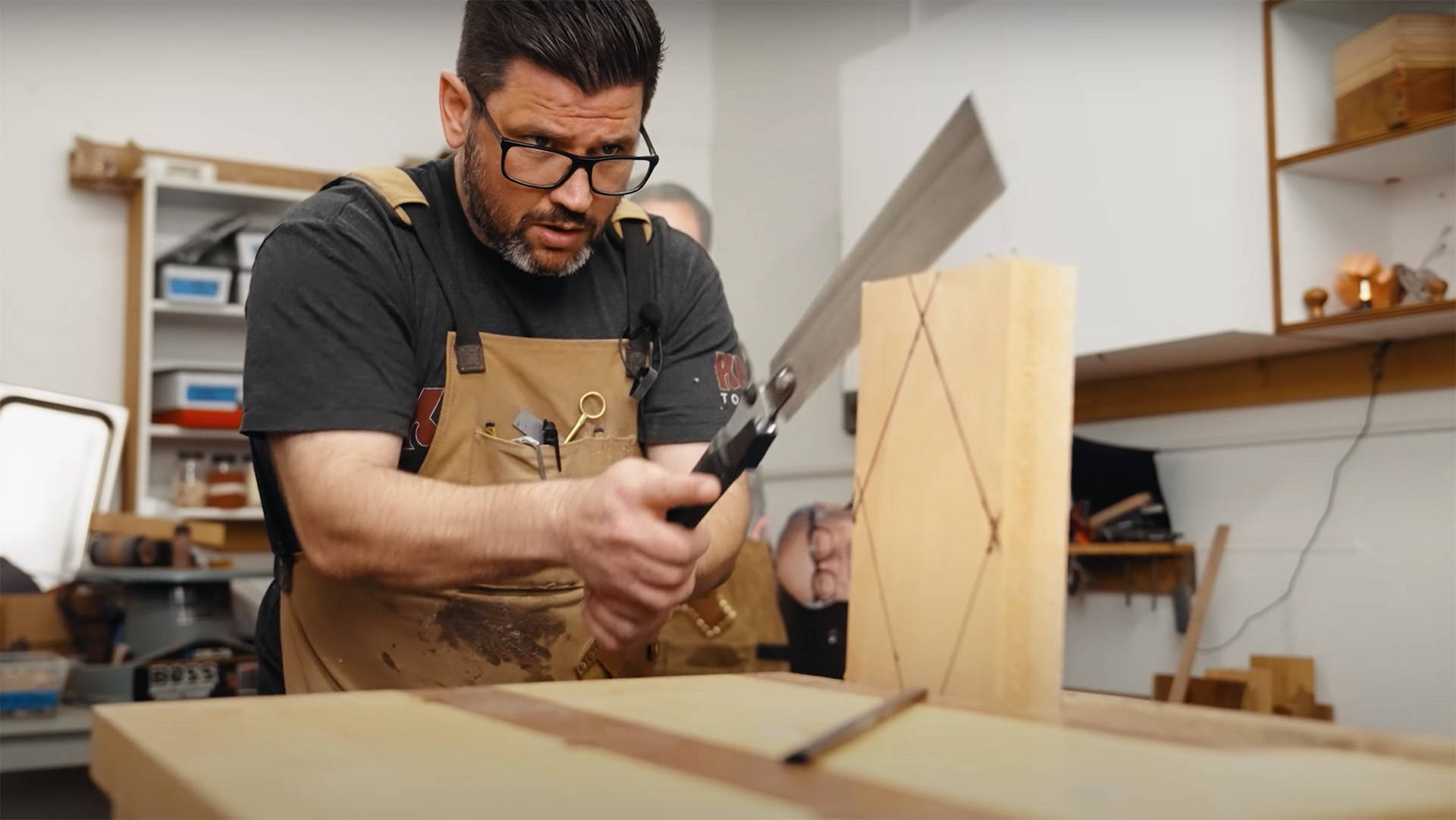Joinery is one of the most satisfying parts of woodworking (aside from gloating over your homemade furniture). But it’s also one of the trickiest.
Getting two or more boards to come together like pieces of a puzzle isn’t easy.
It takes knowledge, patience, and skill with your tools.
But that doesn’t mean you should wait until you're “good enough” to try your hand at joinery.
Today, I’m giving you 5 styles of joinery that are perfect for newer woodworkers.
With these 5 joints, you’ll be able to build just about anything — and will develop the skills to tackle more difficult joinery down the road.
HALF LAPS
Half laps are an excellent joinery style for beginners.
They’re not too difficult to cut and can be done quickly with just a couple tools (you can even cut them entirely on the table saw).
There are all sorts of styles and variations of half laps, but the most common are corner laps, t-laps, and cross laps.
They’re typically strengthened with glue and often fasteners depending on the application.
COMMON USES:
- Picture frames
- Planter stands
MITER JOINTS
Miter joints are where two boards with 45° edges come together to form a 90° angle.
They can be either frame miters (like for a picture frame) or box miters (like for a box).
What’s great about them is they hide all the end grain, resulting in a continuous look and an even finish.
Miter joints are fairly simple to cut on a table saw or miter saw. Just cut two edges at 45° then stick them together.
The issue is that any error can easily become apparent.
There are ways for getting better results, and I cover a few in this video about a jewelry box I made.
COMMON USES:
- Picture frames
- Cabinet carcasses
- Boxes
BOX OR FINGER JOINTS
Box or finger joints are a quick and strong way to join two boards together.
They’re most easily done on a table saw with a dado stack, but can be done with a regular blade or a router as well.
The easiest way to cut them is to make a jig. It takes a little dialing in, but once it’s all set up you can quickly cut out perfect box joints.
COMMON USES:
- Boxes (no kidding!)
RABBETS, DADOS, AND GROOVES
Rabbets, dados, and grooves are what a normal person would call grooves — but woodworkers change the name depending on their placement.
Rabbets are grooves that run along the edge of a board (long or end grain) so there’s only one shoulder.
Dados are grooves with two shoulders that run across the grain of the board (typically across a board’s width).
Grooves are grooves with two shoulders that run with the long grain of the board, often from one end grain edge to the other.
Rabbets, dados, and grooves are fantastic for making boxes or big cabinet carcasses — especially if you’re using material of a standard thickness like plywood.
The grooves work like slots to hold or stabilize other boards. This makes assembly and alignment a whole lot easier.
Plus, it adds a lot of strength to the build.
I use a lot of dados and grooves when I make table saw sleds, like the multi-sled. The video below shows how I cut my dados.
COMMON USES:
- Cabinet construction
- Support for shelves
- Box bottoms and lids
BRIDLE JOINTS
Bridle joints are like a cross between a half lap and a mortise and tenon joint.
A slot is cut into the end of one board, and the mating piece is cut to fit that slot.
Bridle joints definitely require more precision than half laps, but they have a lot of added strength.
There are a ton of ways to cut them, including with miter saws, table saws, band saws, routers, and hand tools.
Bridle joints can be adapted to intersect at any angle, making them really versatile.
I made an infinity cube table that consisted of 18 bridle joints that were cut with a table saw jig. That was the fastest and most accurate way I found.
COMMON USES:
- Stretchers
- Frames
NEXT STEPS: MORE ADVANCED JOINERY
Once you feel confident with the joints above — or want to challenge yourself from the get-go — I recommend cutting a mortise and tenon joint.
Mortise and tenon joints are extremely useful. And the process for making them will help you develop the skills for almost any other type of joint.
Then of course there’s my favorite — the dovetail joint.
Dovetails are unique because without super specialized equipment or jigs, the most efficient way to cut them is by hand.
Getting tight fitting dovetails is the mark of a seasoned woodworker. But don’t let that stop you from trying.
I recommend just going for it without worrying about perfection the first couple times. It’ll let you get familiar with the process, and what areas you’ll need to focus more on.
OTHER COMMON JOINERY STYLES
All the joinery styles I mentioned above can be cut with simple tools most beginning woodworkers already have.
There are of course other methods that use more specialized tools, like pocket holes, biscuit joiners, or Domino joiners.
All of these work great and I often use them myself.
But if you want to develop the skills of cutting your own joinery, I recommend trying your hand at the other joints I listed above.
NOW GO CUT SOME JOINERY
If you’re looking to improve as a woodworker, learning different styles of joinery is a must.
Knowing where to start can be tricky. But if you tackle the joints above, you’ll understand the fundamentals of joinery in no time.
The only way to get better is to do it. So get into your shop and start cutting joinery now.
Looking for more helpful advice before you get started? Here’s 8 Tips for Joinery that Fits like a Glove.
What was the first joint you ever cut? Let us know in the comments below!
Follow us on Instagram @katzmosestools, on TikTok @katzmoseswoodworking, and check out my YouTube channel for more great woodworking content...
And as always, STAY SAFE IN THE SHOP!










